Home>Furniture & Design>Bathroom Accessories>How Often Should You Replace A Toilet Brush
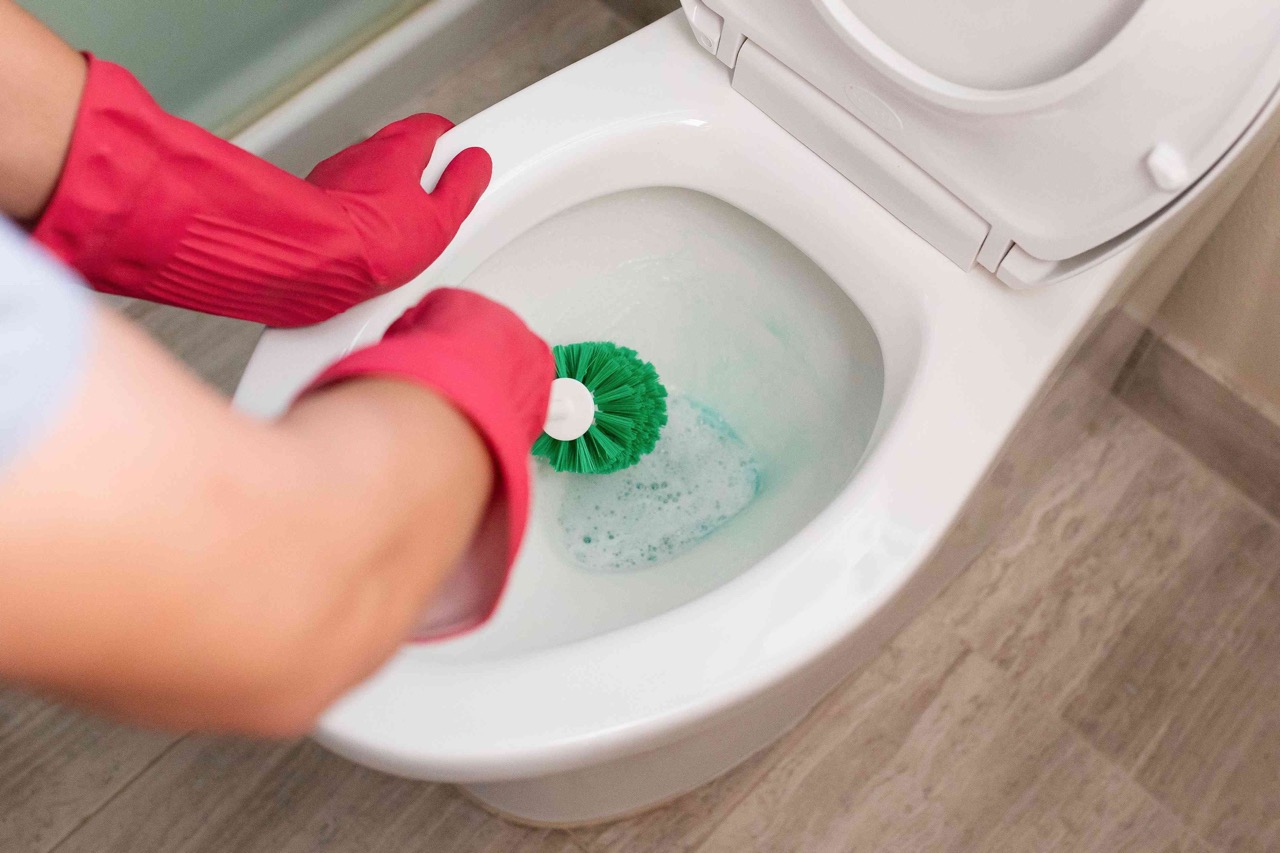

Bathroom Accessories
How Often Should You Replace A Toilet Brush
Modified: October 20, 2024
Discover the best practices for replacing your bathroom accessories, including the toilet brush. Learn how often to swap out your bathroom essentials for a clean and hygienic space.
(Many of the links in this article redirect to a specific reviewed product. Your purchase of these products through affiliate links helps to generate commission for Storables.com, at no extra cost. Learn more)
Introduction
The toilet brush is an essential tool for maintaining cleanliness and hygiene in the bathroom. It plays a crucial role in keeping the toilet bowl free from stains, grime, and bacteria. However, many people may not be aware of the importance of regularly replacing their toilet brush. In this article, we will delve into the factors to consider when determining the frequency of toilet brush replacement, signs that indicate it's time for a new brush, and tips for maintaining a toilet brush in optimal condition.
A clean and well-maintained bathroom is a reflection of a hygienic and organized household. The toilet brush is a fundamental component of the bathroom cleaning arsenal, and its effectiveness is directly linked to its condition. Over time, the bristles of a toilet brush can become worn, frayed, and less effective at removing stubborn stains. Additionally, the accumulation of bacteria and germs on the brush can pose health risks if not addressed promptly. Therefore, understanding when and how often to replace a toilet brush is essential for ensuring a sanitary and pleasant bathroom environment.
In the following sections, we will explore the various factors that influence the need for toilet brush replacement, including the frequency of use, the quality of the brush, and the presence of visible wear and tear. By gaining a deeper understanding of these factors, individuals can make informed decisions regarding the maintenance and replacement of their toilet brushes, ultimately contributing to a cleaner and healthier living space.
Key Takeaways:
- Regularly replace your toilet brush every 3-6 months for a clean and hygienic bathroom. Look out for signs like frayed bristles, persistent odor, and visible mold to know when it’s time for a new brush.
- Keep your toilet brush clean and effective by rinsing it after each use, allowing it to dry properly, and replacing the holder periodically. Regular maintenance ensures a welcoming and sanitary bathroom environment.
Read more: How Often Should You Replace Rugs
Factors to Consider
When evaluating the need to replace a toilet brush, several key factors should be taken into account to make an informed decision. Understanding these factors can help individuals maintain a high standard of cleanliness and hygiene in their bathrooms.
Frequency of Use
The frequency of use is a significant factor in determining the lifespan of a toilet brush. In households with multiple occupants or high traffic bathrooms, the toilet brush is likely to be used more frequently. As a result, the bristles may wear out faster, and the accumulation of bacteria and grime can be more pronounced. Conversely, in less frequently used bathrooms, the wear and tear on the brush may be less severe. Therefore, the frequency of use directly impacts the need for replacement.
Quality of the Brush
The quality of the toilet brush itself is another crucial consideration. Higher quality brushes, typically made with durable materials and sturdy bristles, tend to have a longer lifespan. Cheaper, lower quality brushes may deteriorate more quickly, leading to a diminished cleaning performance and a higher likelihood of bacterial buildup. When purchasing a toilet brush, it is advisable to invest in a well-constructed, durable option to prolong its effectiveness and minimize the frequency of replacement.
Visible Wear and Tear
Inspecting the condition of the toilet brush is essential in determining whether it needs to be replaced. Visible wear and tear, such as frayed or flattened bristles, can significantly impact the brush's cleaning ability. Additionally, if the handle or bristle holder shows signs of damage or deterioration, it may compromise the overall functionality of the brush. Regularly assessing the physical condition of the brush can help identify when it has reached the end of its useful life.
Bacterial Buildup
Over time, bacterial buildup on a toilet brush can become a concerning issue. The moist and enclosed environment of a bathroom provides an ideal breeding ground for bacteria if the brush is not adequately cleaned and maintained. Even with regular cleaning, the accumulation of bacteria on the bristles and within the brush holder is inevitable. As the level of bacterial contamination increases, the effectiveness of the brush diminishes, and the potential health risks escalate. Considering the level of bacterial buildup is crucial in determining the appropriate replacement interval for a toilet brush.
By taking these factors into consideration, individuals can make informed decisions about when to replace their toilet brushes, ensuring that their bathrooms remain clean, hygienic, and free from potential health hazards.
Signs that Your Toilet Brush Needs Replacement
When it comes to maintaining a clean and hygienic bathroom, recognizing the signs that indicate the need for toilet brush replacement is crucial. By being attentive to these indicators, individuals can ensure that their bathroom cleaning tools remain effective and sanitary. Here are the key signs that suggest it's time to replace a toilet brush:
-
Frayed or Flattened Bristles: Over time, the bristles of a toilet brush can become worn, frayed, or flattened, diminishing their cleaning efficacy. If the bristles appear splayed, matted, or no longer firm and resilient, it's a clear indication that the brush is no longer capable of effectively scrubbing away stains and grime from the toilet bowl.
-
Persistent Odor: A persistent foul odor emanating from the toilet brush, even after thorough cleaning, is a concerning sign. This odor may indicate a significant buildup of bacteria within the bristles and brush holder. Despite regular cleaning efforts, the accumulation of bacteria can reach a point where it becomes challenging to eliminate the unpleasant smell, signaling the need for a new brush.
-
Visible Mold or Mildew: The presence of mold or mildew on the bristles or within the brush holder is a clear indication of unsanitary conditions. Mold and mildew thrive in damp environments, and the moist bristles of a toilet brush provide an ideal habitat for their growth. If visible signs of mold or mildew are present, it's imperative to replace the brush to prevent the spread of these harmful microorganisms.
-
Deterioration of Handle or Holder: Inspecting the handle and holder of the toilet brush is essential. If these components show signs of deterioration, such as cracks, discoloration, or weakening of the material, it can compromise the overall functionality and hygiene of the brush. A compromised handle or holder can make it challenging to effectively clean the toilet bowl and may harbor bacteria, necessitating the replacement of the brush.
-
Ineffective Cleaning Performance: When a toilet brush no longer effectively removes stains and residue from the toilet bowl, it's a clear indication that its cleaning performance has diminished. This can be attributed to the wear and tear of the bristles, bacterial buildup, or overall deterioration of the brush. If repeated efforts to clean the toilet bowl yield unsatisfactory results, it's time to consider replacing the brush.
By being mindful of these signs, individuals can proactively address the condition of their toilet brushes, ensuring that their bathroom cleaning routine remains efficient and hygienic. Regularly assessing the state of the toilet brush and promptly replacing it when necessary is essential for maintaining a clean and inviting bathroom environment.
Frequency of Replacement
The frequency of replacing a toilet brush is a topic that often sparks debate among homeowners and cleaning enthusiasts. While there is no one-size-fits-all answer, several factors come into play when determining how often a toilet brush should be replaced.
Frequency of Use
The frequency of use is a primary consideration when establishing a replacement schedule for a toilet brush. In households with high traffic bathrooms or multiple occupants, the toilet brush is likely to be utilized more frequently. As a result, the bristles may wear out faster, and the accumulation of bacteria and grime can be more pronounced. In such cases, replacing the toilet brush every three to six months is advisable to ensure optimal cleaning performance and hygiene. Conversely, in less frequently used bathrooms, where the brush sees minimal use, replacement intervals can be extended to every six to twelve months.
Quality of the Brush
The quality of the toilet brush itself significantly impacts its longevity. Investing in a high-quality, durable brush can prolong its effectiveness and reduce the frequency of replacement. A well-constructed brush with sturdy bristles and a robust handle is more likely to withstand regular use and maintain its cleaning efficacy over an extended period. In contrast, lower quality brushes may deteriorate more quickly, necessitating more frequent replacement. When selecting a toilet brush, prioritizing quality can lead to cost savings in the long run by minimizing the need for frequent replacements.
Visible Wear and Tear
Regularly inspecting the condition of the toilet brush is essential in determining the appropriate replacement timeline. Visible wear and tear, such as frayed or flattened bristles, indicate that the brush is no longer capable of effectively cleaning the toilet bowl. Additionally, if the handle or bristle holder shows signs of damage or deterioration, it may compromise the overall functionality of the brush. When these signs become apparent, it's a clear indication that the brush has reached the end of its useful life and should be replaced promptly.
Bacterial Buildup
The accumulation of bacteria on a toilet brush is an inevitable consequence of its use. The moist and enclosed environment of a bathroom provides an ideal breeding ground for bacteria, even with regular cleaning efforts. As the level of bacterial contamination increases, the effectiveness of the brush diminishes, and the potential health risks escalate. Considering the level of bacterial buildup is crucial in determining the appropriate replacement interval for a toilet brush. To mitigate the risks associated with bacterial contamination, replacing the toilet brush every three to six months is recommended, particularly in high-use environments.
By taking these factors into account, individuals can establish a personalized schedule for replacing their toilet brushes, ensuring that their bathrooms remain clean, hygienic, and free from potential health hazards. Regular assessment of the brush's condition and proactive replacement when necessary are essential practices for maintaining a sanitary and inviting bathroom environment.
Tips for Maintaining a Toilet Brush
Proper maintenance of a toilet brush is essential for maximizing its effectiveness and promoting a hygienic bathroom environment. By implementing the following tips, individuals can prolong the lifespan of their toilet brushes and ensure optimal cleaning performance:
-
Regular Cleaning: After each use, thoroughly rinse the toilet brush under hot water to remove any residual debris and cleaning agents. Additionally, consider using a disinfecting cleaner to sanitize the brush and its holder, effectively eliminating bacteria and germs.
-
Allowing Proper Drying: After use and cleaning, it's crucial to allow the toilet brush to dry completely. Placing the brush in a well-ventilated area, preferably with bristles facing downward, promotes efficient drying and helps prevent the accumulation of moisture, which can lead to bacterial growth.
-
Replacing the Holder: Periodically replacing the brush holder can contribute to maintaining a hygienic environment. Over time, the holder may develop cracks or become discolored, making it challenging to effectively clean and sanitize. A new holder can enhance the overall cleanliness of the toilet brush setup.
-
Routine Inspection: Regularly inspect the condition of the toilet brush, paying close attention to the bristles, handle, and holder. Look for signs of wear and tear, bacterial buildup, or any unpleasant odors. Promptly addressing any issues can help prevent the spread of bacteria and ensure the brush remains effective.
-
Proper Storage: Store the toilet brush in a designated holder or caddy to prevent contact with other bathroom surfaces. This not only maintains cleanliness but also prevents cross-contamination. Additionally, consider using a closed holder to contain any potential odors and maintain a tidy appearance.
-
Use of Protective Cover: Consider using a disposable or reusable protective cover for the brush head. These covers can help contain any residual moisture and prevent the spread of bacteria, particularly in shared bathrooms or high-traffic environments.
By incorporating these maintenance tips into their bathroom cleaning routine, individuals can extend the lifespan of their toilet brushes, minimize bacterial contamination, and ensure a consistently clean and hygienic toilet bowl. Regular maintenance not only promotes effective cleaning but also contributes to a welcoming and sanitary bathroom environment for household members and guests alike.
Read more: How Often Should You Change Toilet Seat
Conclusion
Maintaining a clean and hygienic bathroom is a fundamental aspect of household upkeep, and the condition of the toilet brush plays a pivotal role in achieving this goal. After exploring the factors influencing the need for toilet brush replacement, recognizing signs that indicate a brush has reached the end of its useful life, and establishing a suitable replacement frequency, it is evident that proactive maintenance is essential for a sanitary bathroom environment.
By considering the frequency of use, the quality of the brush, visible wear and tear, and the accumulation of bacteria, individuals can make informed decisions regarding the replacement of their toilet brushes. Regular assessment of the brush's condition and proactive replacement when necessary are crucial practices for ensuring optimal cleaning performance and minimizing potential health risks associated with bacterial contamination.
In conclusion, the importance of maintaining a clean and hygienic bathroom cannot be overstated, and the toilet brush is a key tool in achieving this objective. By adhering to a personalized replacement schedule, implementing proper maintenance practices, and promptly addressing signs of wear and bacterial buildup, individuals can uphold a high standard of cleanliness in their bathrooms. A well-maintained toilet brush not only contributes to effective cleaning but also fosters a welcoming and hygienic environment for household members and guests.
Ultimately, the diligence and attention given to the maintenance and replacement of a toilet brush reflect a commitment to overall cleanliness and well-being. By prioritizing these aspects, individuals can take proactive steps toward creating a bathroom environment that is not only clean and inviting but also conducive to maintaining optimal hygiene and health for all who utilize the space.
Frequently Asked Questions about How Often Should You Replace A Toilet Brush
Was this page helpful?
At Storables.com, we guarantee accurate and reliable information. Our content, validated by Expert Board Contributors, is crafted following stringent Editorial Policies. We're committed to providing you with well-researched, expert-backed insights for all your informational needs.
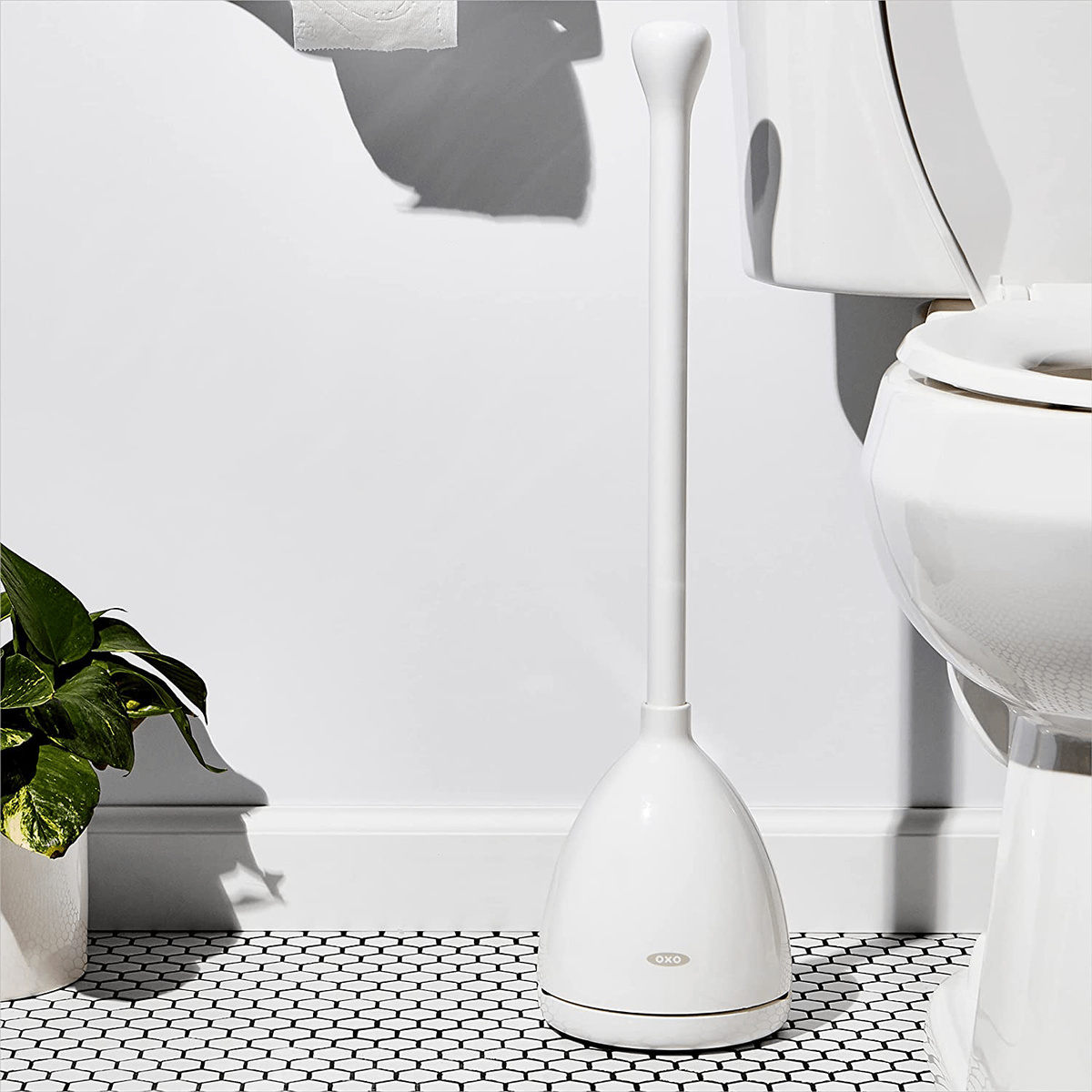
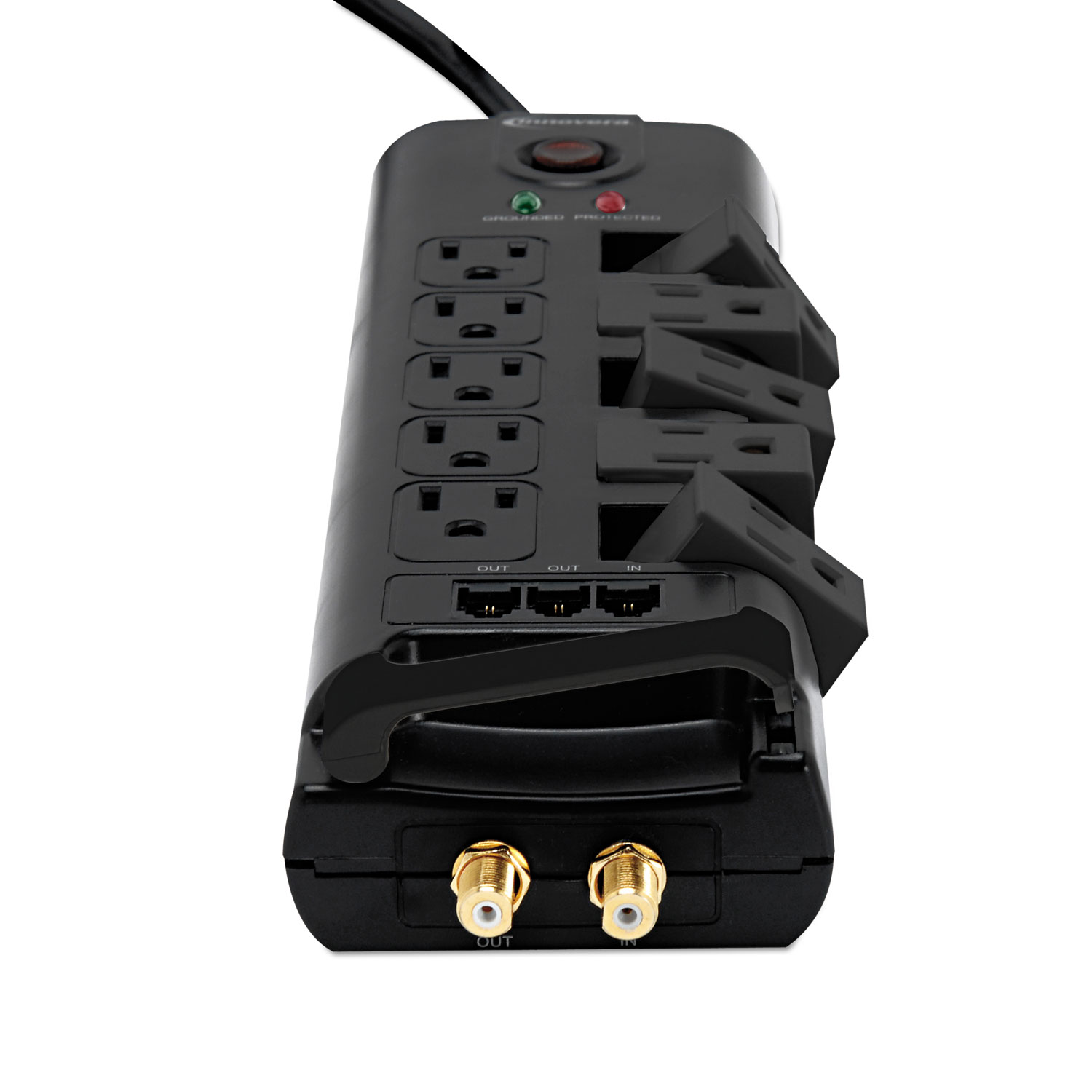
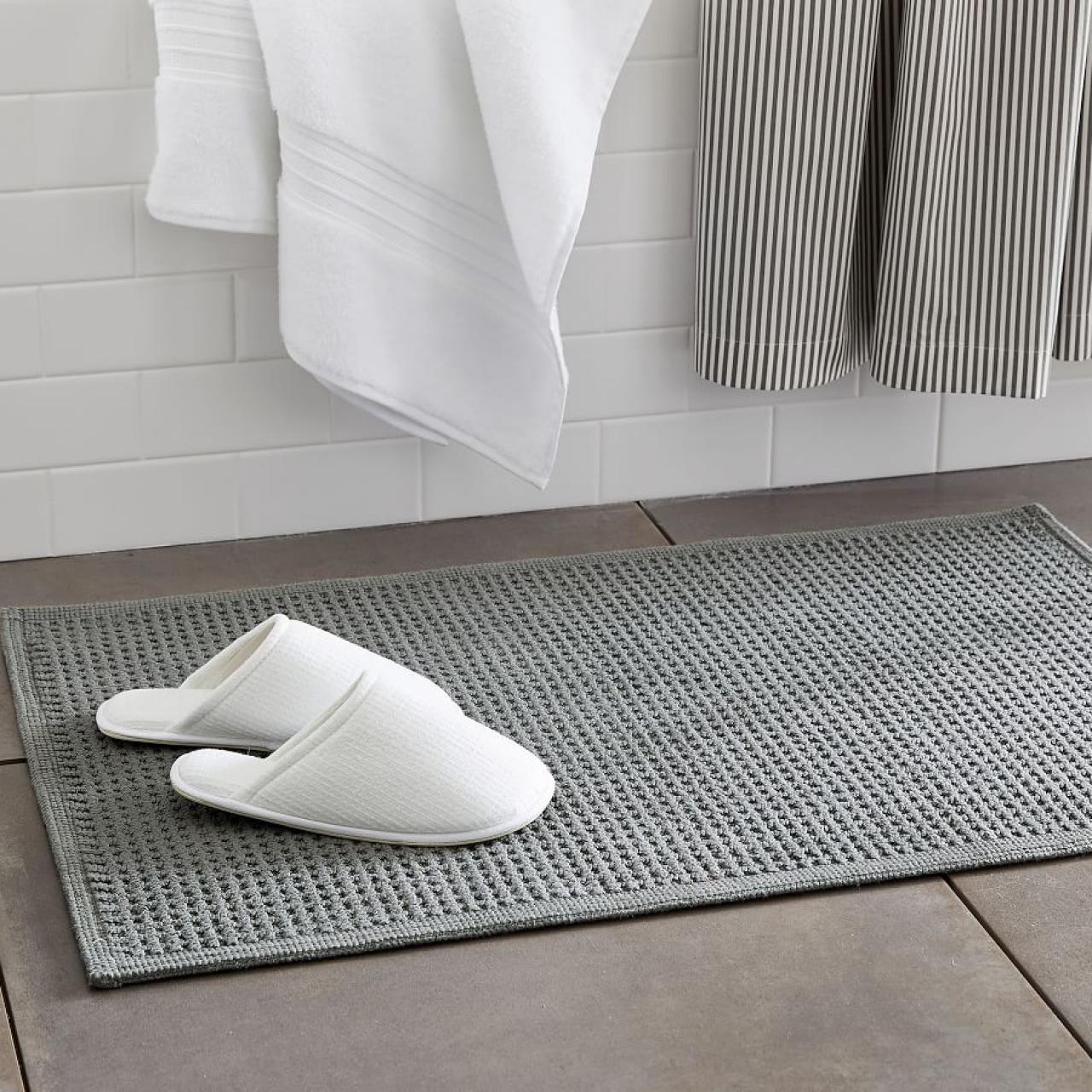
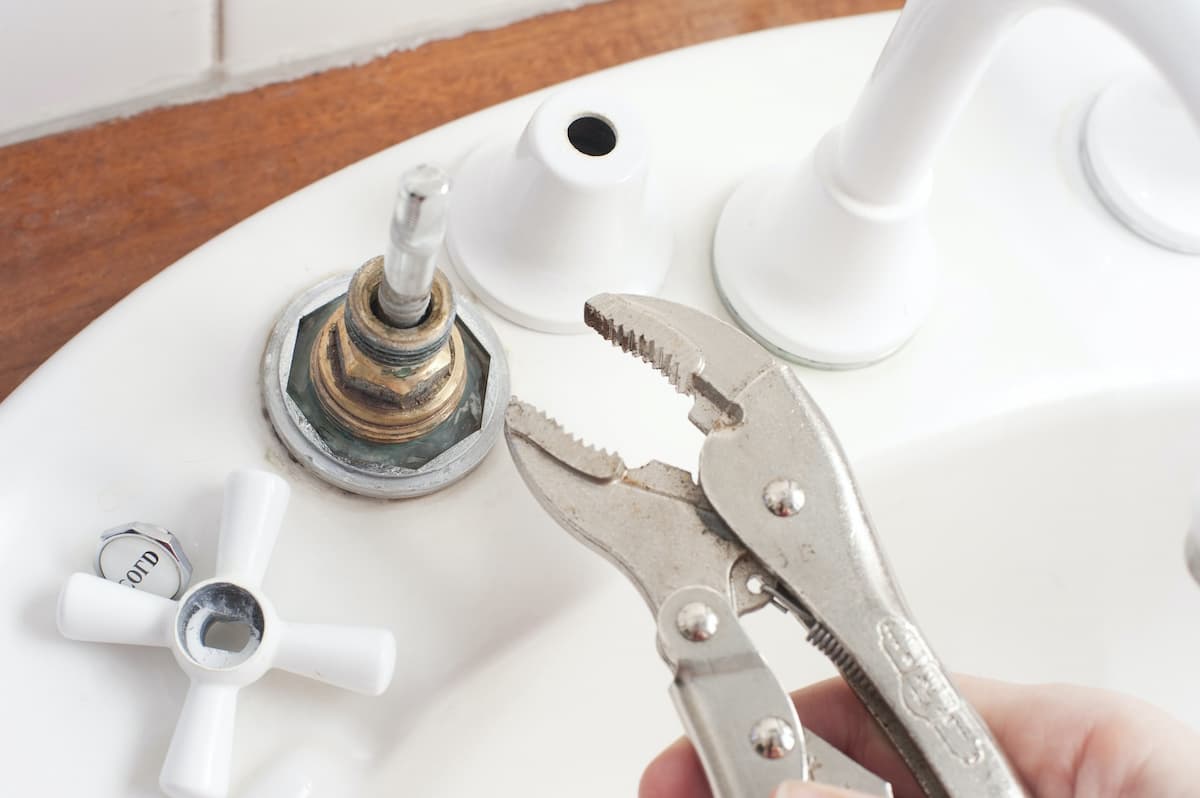
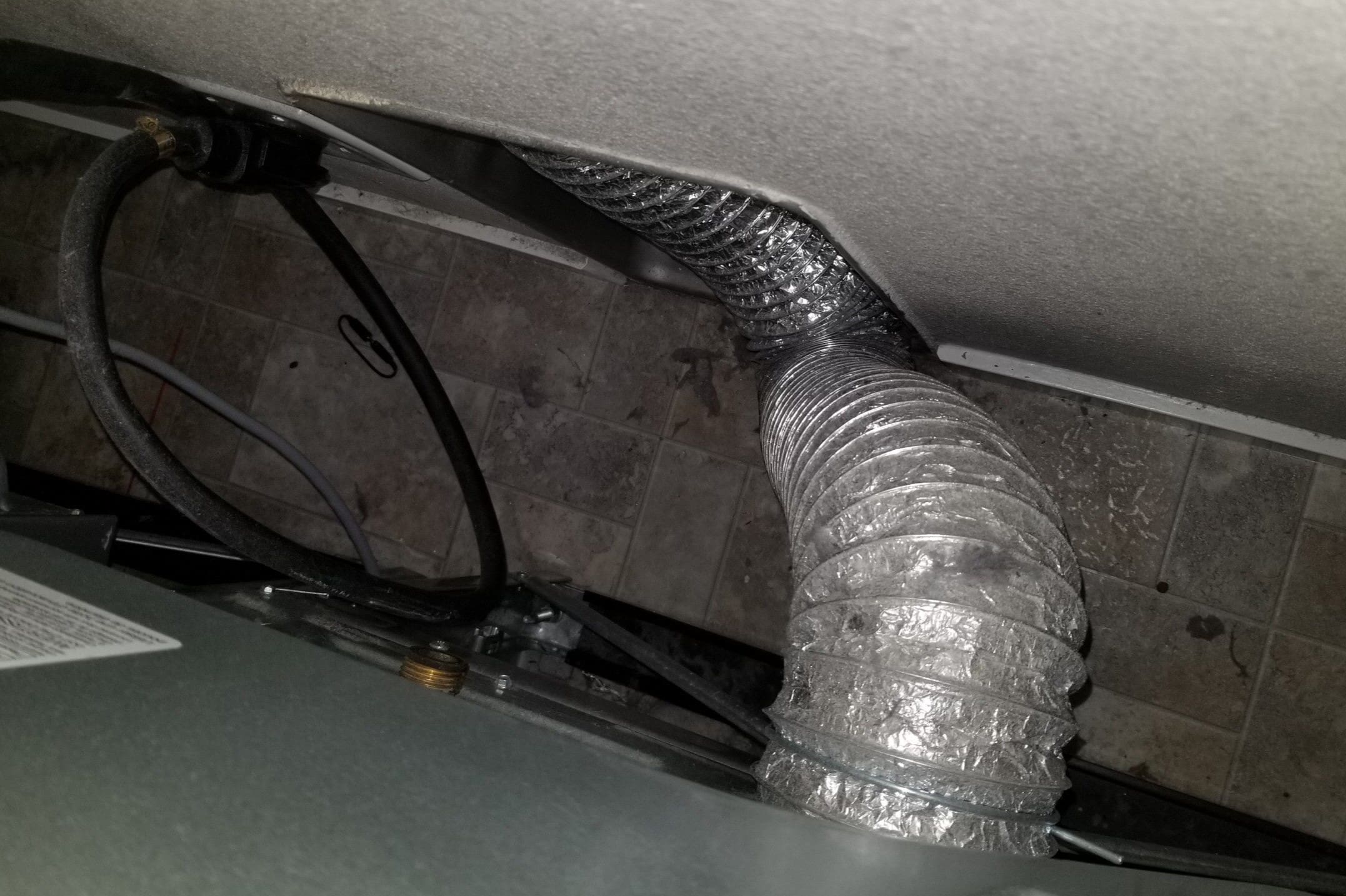

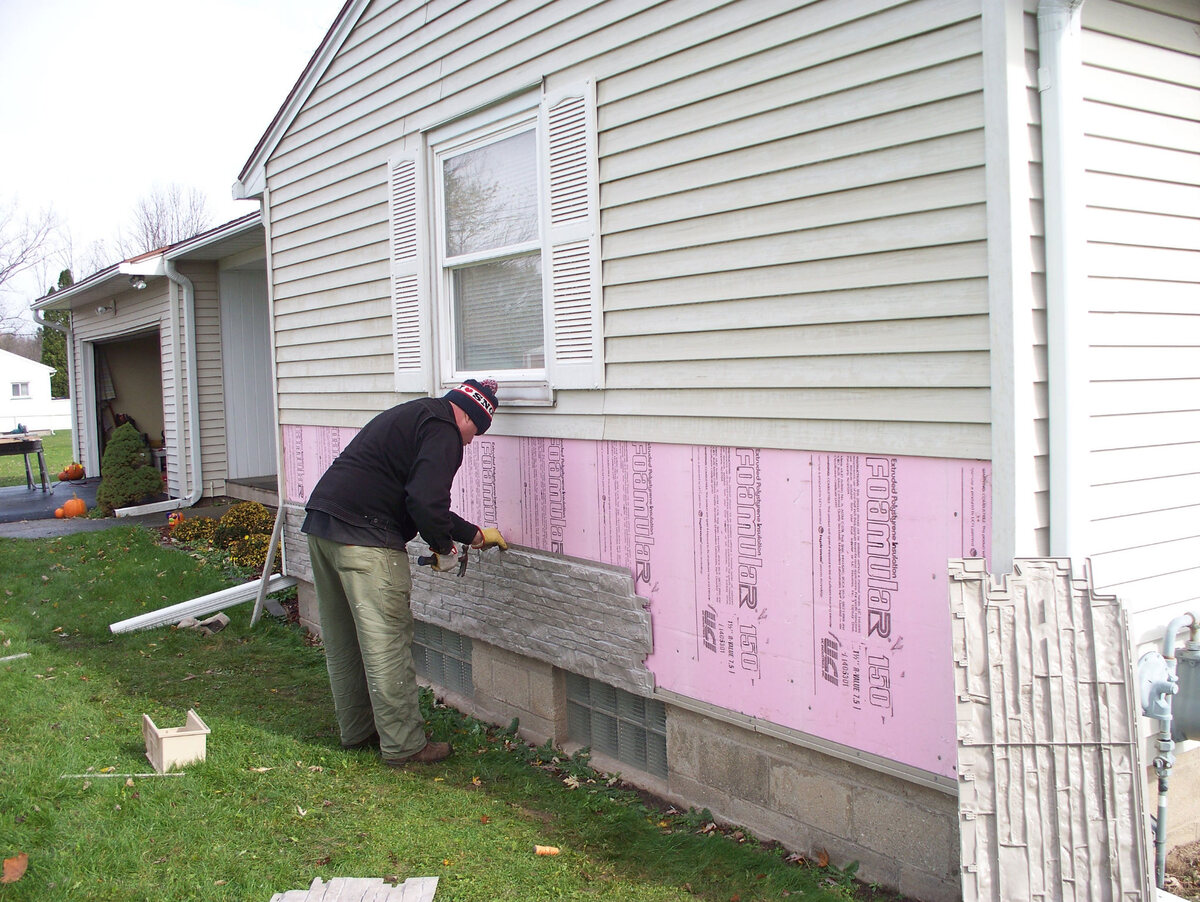


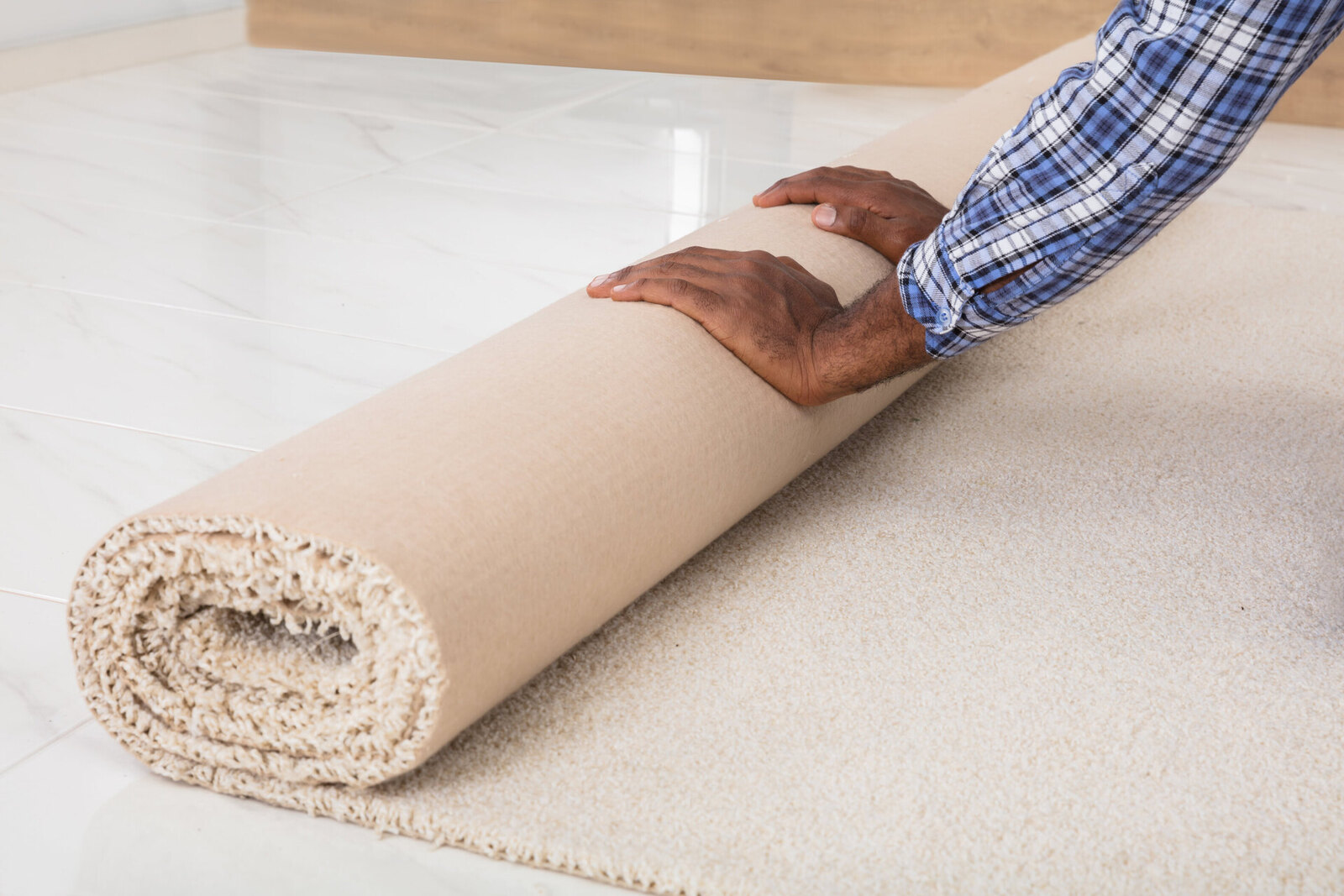
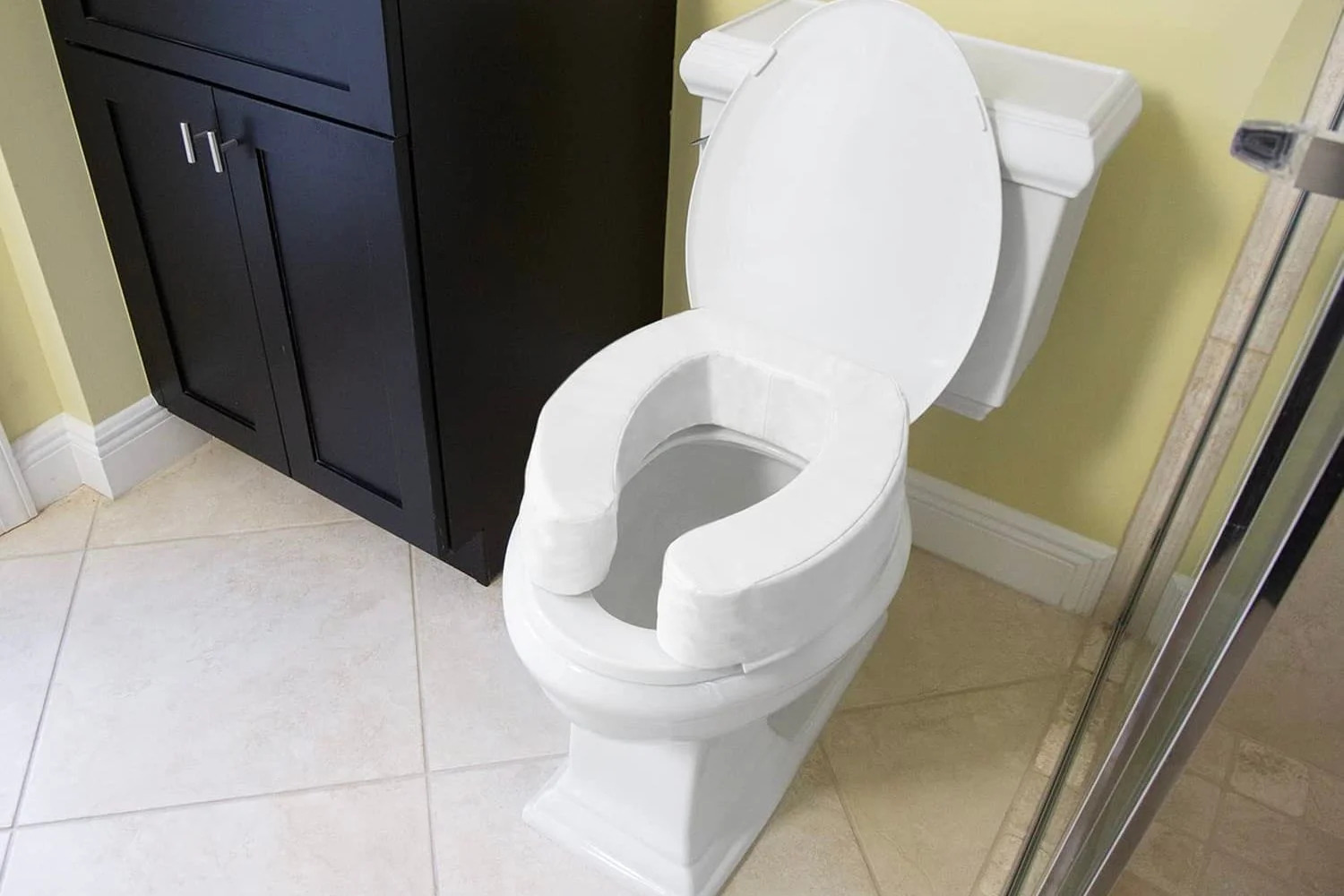


0 thoughts on “How Often Should You Replace A Toilet Brush”